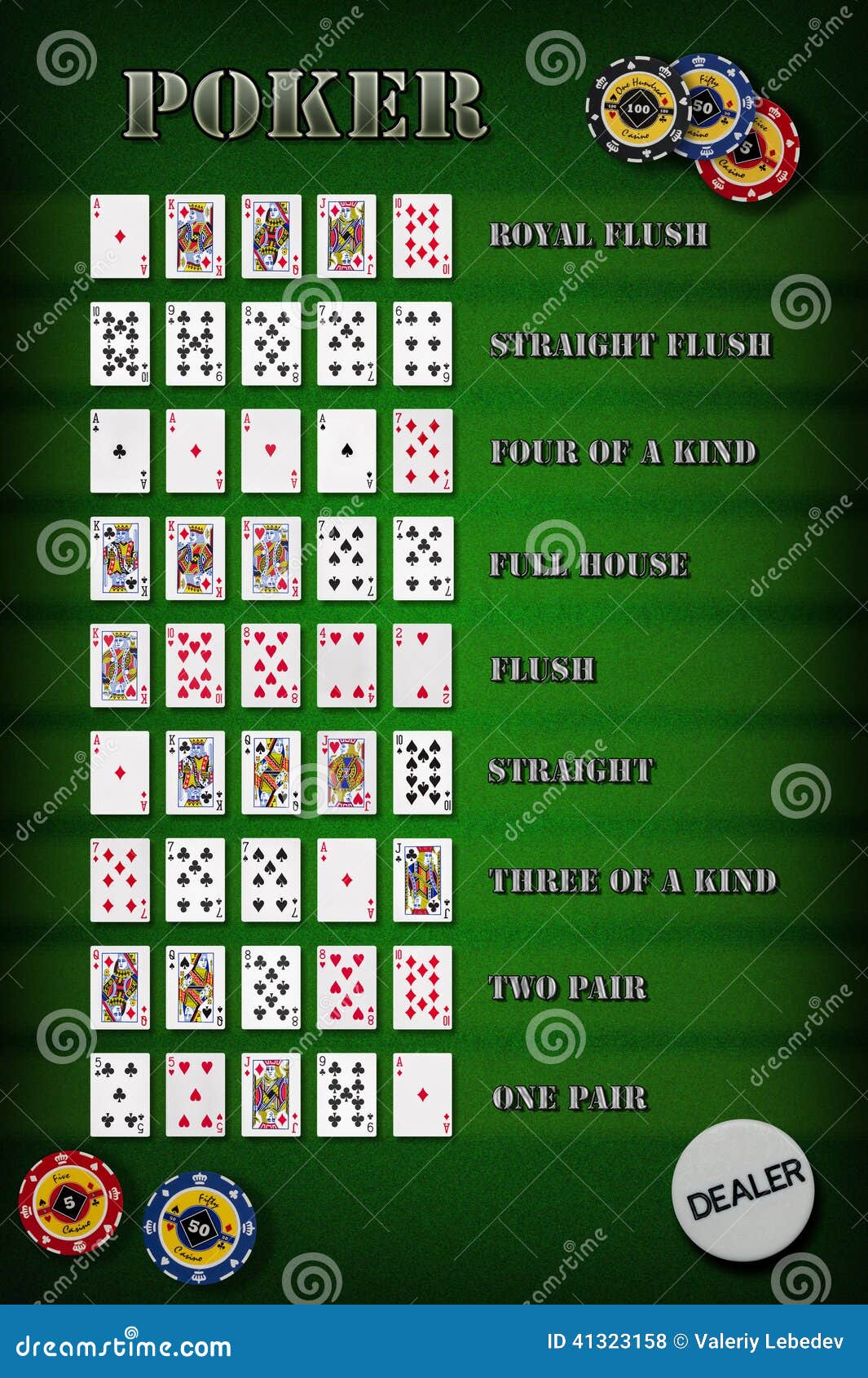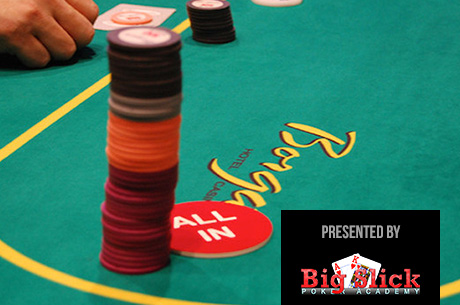Texas Holdem Counterfeit Hand
Playing poker is about playing the odds. The following list gives the odds for outcomes in Texas Hold’em hands. When you realize how heavily the odds are stacked against you, you may want to rethink going all-in before the flop with two suited cards. Use the odds to your advantage:
- Texas Holdem Counterfeit Hand Grips
- Texas Holdem Counterfeit Hand Sanitizer
- Texas Holdem Counterfeit Handbook
1 percent (1-in-100): Percentage of time that no player holds an Ace or a King at a table in a 10-handed game
1 percent (1-in-100): Percentage of time that if you hold two suited cards, you’ll flop a flush
6 percent (about 1-in-20): Percentage of time that five community cards will give pocket suited cards a flush
6 percent (about 1-in-20): Percentage of time that you’ll be dealt a pocket pair
8 percent (about 1-in-12): Percentage of time that you’ll hit at least trips after having a pair on the flop
12 percent (about 1-in-8): Percentage of time that you’ll flop trips if holding a pocket pair
12 percent (about 1-in-8): Percentage of time that two more cards will flop in the same suit as a suited pocket pair
19 percent (about 1-in-5): Percentage of time that the five community cards will at least trip your pocket pair
32 percent (about 1-in-3): Percentage of time that you’ll pair one of your cards on the flop (with no pocket pair)
33 percent (about 1-in-3): Percentage of time that you’ll make a full house or better after having trips on the flop
35 percent (about 1-in-3): Percentage of time that you’ll make a flush on the turn or river if you have four cards to a flush after the flop
In community card poker, a player or hand is said to be counterfeited when a community card does not change the value of their hand, but makes it more likely that an opponent will beat it. This occurs primarily in Omaha hold 'em hi-lo split and sometimes in Texas hold 'em. Counterfeiting also occurs in the Badugi variant of draw poker.
Omaha hold 'em[edit]
Texas Holdem Counterfeit Hand Grips
Intro to Texas Hold 'Em. Texas hold 'em (also known as hold 'em) is a variation of the standard card game of poker, and is one of the most popular forms of poker. The game's popularity surged in the 2000s due to poker TV shows, internet poker, and poker books. The rise of Hold 'Em was also aided by the simplicity of the game. I'm assuming you're talking about Texas Hold 'Em, since that's the most popular game right now. I found this online, and it is roughly accurate, from my anecdotal evidence (maybe 10,000 hands) and my memory. Try our 'normal difficulty' Texas Holdem free poker game. It's single player, so you don't have to worry about looking the fool in front of your friends and family-and it's difficulty is just right for novice poker players! Master the odds of real Texas Holdem by playing this free poker Texas Holdem game. Ever since the early days of Texas holdem poker, players have attempted to analyze and organize the 169 possible two card starting hands found in the game. One traditional way of doing so involves running thousands upon thousands of simulations in which a particular holdem hand is played out against nine random opponent hands.

The more common occurrence of counterfeiting in Omaha is when a person's best possible low hand, called the 'nut low', is counterfeited. As an example, say Alice has A♠ 3♣ J♦ Q♦ while Bob holds A♣ 2♦ 9♦ J♠ and Carol holds 9♥ T♥ K♥ A♥. If the flop comes 6♥ 7♥ 8♥, Carol has a lock on the high hand with her 10-high straight flush, but Alice and Bob are still competing for the low half of the pot. Bob holds an 8-7-6-2-A, ahead of Alice's 8-7-6-3-A. In fact, Bob currently holds the nut low hand; no one can have a better low hand.
However, if the turn card is 2♣, Alice and Bob's fortunes have changed. Alice now has the nut-low of 7-6-3-2-A, while Bob must still play the A-2 from his hand for a low of 8-7-6-2-A. The turn card did not make Bob's hand worse, but it did make Alice's hand better.[1][2][3] Bob's only chance at the low pot now is if a 3 comes on the river, counterfeiting Alice's hand and giving both Alice and Bob a 7-6-3-2-A to split the low half of the pot. (If a 3 does come on the river, the nut low hand becomes A-4 to make 6-4-3-2-A.)
On the other hand, on a flop of 8-7-6, a hand containing A-2-3-4 is considered counterfeit-proof, because it currently is the nut low (8-7-6-2-A), and even if an A or a 2 arrives on the turn, it will remain the nut low (7-6-3-2-A) and will remain protected from counterfeiting on the river. A player with this type of protection can be bolder in betting.
Texas hold 'em[edit]
Counterfeiting in Texas hold 'em is similar to counterfeiting in Omaha, in that hands do not change value. Often Texas hold 'em counterfeiting is less likely to cause a player to lose an entire pot. On a flop of Q-J-T, a player holding A-K will have flopped an ace-high Broadway straight. If the turn card comes a king, the player with A-K will still have the same straight, but now so will a player with A-7, resulting in a tie. The A-K player's hand didn't get worse in rank, but it becomes less likely to win the entire pot.
Counterfeiting in Texas hold 'em more often leads to ties, like in the example above, but can also result in losses. For example, if the flop is J-T-9, K-Q is the best possible hand. But if the turn card is a queen, a player who held K-Q will now be counterfeited and able to lose to a player with A-K.
As another example a player might hold 8♠ 7♠ on a J♠ 9♠ 5♠ flop and be very likely to have the strongest hand with a J♠ 9♠ 8♠ 7♠ 5♠ flush. If the turn card is 2♠, this player will still have a J♠ 9♠ 8♠ 7♠ 5♠ flush. But they are now able to lose the pot to any player holding any spade higher than the 9♠, because the turn card has counterfeited their 7♠ and given the other player a better flush. This other player could win, for example, with A♠ J♣, since all that is needed is one card, the A♠, to complete the nut flush.
Texas Holdem Counterfeit Hand Sanitizer
In common usage, the term counterfeiting is sometimes applied in a non-standard way to situations where hands do change value. If the flop is J-7-5, a player who has 7-5 would have two pair and be ahead of a player with pocket aces. Another jack on the turn or river, however, will make the first player's hand objectively stronger—from Sevens and Fives to Jacks and Sevens—but now behind the second player's Aces and Jacks, with the original pair of 5s being counterfeited by the pair on the board.
On the same J-7-5 flop, a player holding 6-6 will be ahead of opponents holding A-K and Q-9, because that player has a pair of 6s, while the other two only have A high or Q high respectively. However, if the turn and river comes J-7, all three players now have two pair, Jacks and Sevens, and the player with A-K wins the pot because they have the best kicker.


Notes[edit]
- ^'Counterfeit definition'. Archived from the original on 2006-03-17. Retrieved 2006-05-30.
- ^Pokernews.com: 'Counterfeit' definition
- ^Dan Kimberg's Poker Dictionary
